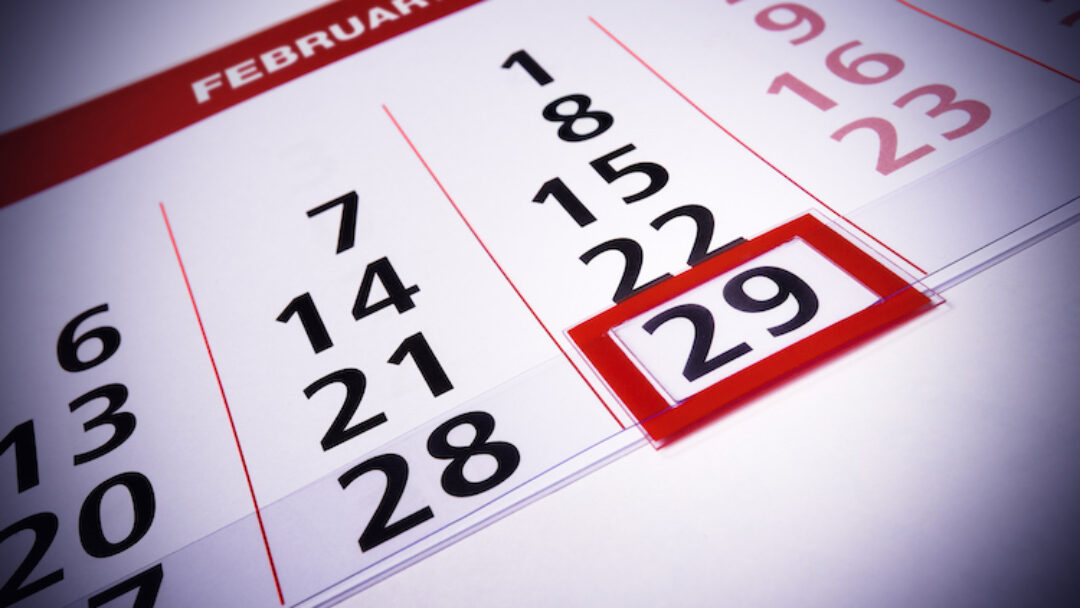Leap Day, also known as February 29th, is a date that only occurs every four years. It is a peculiar day that has puzzled many throughout history. Many have wondered why we had this extra day in the calendar. The origins of Leap Day are rooted in ancient traditions and the complexities of the solar system. All About Arizona News will delve into the history, significance, and cultural aspects surrounding Leap Day.
The History of Leap Day
The concept of Leap Day dates back thousands of years to the ancient Egyptians. They were among the first civilizations to recognize the need for a leap year to keep their calendar in sync with the solar year. However, it was not until the time of Julius Caesar and the creation of the Julian calendar that Leap Day was officially established.
The Julian calendar, introduced in 45 BCE, was based on a 365.25-day solar year. To account for the extra quarter of a day, an additional day was added to the calendar every four years. This intercalary day, known as Leap Day, brought the calendar year back in line with the solar year.
Why Do We Have Leap Day?
The need for Leap Day arises from the fact that the Earth’s orbit around the sun is not exactly 365 days. It takes approximately 365.2425 days for the Earth to complete one orbit. Over time, this discrepancy would cause the calendar to drift out of sync with the seasons. By adding an extra day every four years, we ensure that the calendar year remains relatively accurate.
The adoption of the Gregorian calendar in 1582 further refined the system of leap years. According to this calendar, a year divisible by 4 is a leap year, except for years that are divisible by 100 but not by 400. This adjustment ensures that the calendar remains synchronized with the Earth’s orbit more accurately.
Leap Year Traditions and Folklore
Leap Day has inspired a range of traditions and folklore around the world. One of the most well-known traditions is that women can propose to men on this day. This custom originated in Ireland, where it was believed that St. Brigid struck a deal with St. Patrick, allowing women to propose every four years. While this tradition may seem outdated in modern times, it continues to be embraced by many couples as a lighthearted and fun way to celebrate Leap Day.
In Greek folklore, it is believed that getting married during a leap year is unlucky. This superstition stems from the story of St. Nicholas, who was said to have declared that couples who married during a leap year would have an unhappy marriage. Whether or not one believes in these superstitions, they add an intriguing layer of mystique to Leap Day.
Leap Day Around the World
Leap Day is not only celebrated in Western cultures but also holds significance in various parts of the world. In many countries, Leap Day is a day for unusual customs and celebrations. In Italy, for example, there is a tradition called “La Befana,” where children receive small gifts from an old witch-like woman. This tradition takes place on January 6th but is associated with Leap Day because it marks the end of the Christmas season.
In the Czech Republic, Leap Day is known as “Sadie Hawkins’ Day.” On this day, women have the opportunity to ask men out on a date. This tradition, inspired by a comic strip character named Sadie Hawkins, has become a playful way for women to take the initiative in romantic relationships.
Leap Day in Popular Culture
Leap Day has made its mark in popular culture, appearing in movies, books, and even operas. One of the most notable mentions of Leap Day is in the 2010 romantic comedy film “Leap Year,” where a woman travels to Ireland to propose to her boyfriend on Leap Day. This light-hearted movie showcases the enduring fascination with the unique nature of this day.
Leap Day has also been a subject of literary works. In the novel “The Time Traveler’s Wife” by Audrey Niffenegger, the main character is born on Leap Day and experiences the complexities of time travel due to his unusual birthday. This novel explores the concept of time and the significance of Leap Day in a thought-provoking way.
Leap Day Misconceptions
There are several misconceptions surrounding Leap Day that often lead to confusion. One common misconception is that Leap Day occurs every four years like clockwork. However, to account for the slight discrepancy between the 365.2425-day solar year and the 365-day calendar year, Leap Day is occasionally skipped. This happens in years that are divisible by 100 but not by 400, as mentioned earlier in relation to the Gregorian calendar.
Another misconception is that Leap Day is the only day when someone born on February 29th can celebrate their birthday. In reality, people born on this date can choose to celebrate on either February 28th or March 1st in non-leap years. This flexibility ensures that those born on Leap Day can still have a special day to celebrate each year.
Leap Day Events and Celebrations
Leap Day is a day to embrace the uniqueness and quirkiness it brings. Many cities around the world organize special events and celebrations to mark this occasion. From parades to themed parties, these events bring communities together to revel in the exceptional nature of Leap Day.
One of the most famous Leap Day traditions is the annual “Leap Year Festival” in Anthony, Texas, and Anthony, New Mexico. These twin cities, located on the border between the United States and Mexico, celebrate Leap Day with a grand festival that includes live music, food stalls, and various activities for all ages. This festival has become a symbol of unity and shared traditions across cultures.
Leap Day Facts and Trivia
To conclude this exploration of Leap Day, here are some intriguing facts and trivia about this extra day:
- The chance of being born on Leap Day is about 1 in 1,461.
- In Scotland, it is considered unlucky to be born on Leap Day.
- The term “leap year” comes from the action of the calendar “leaping” over a day.
- The famous composer Gioachino Rossini was born on Leap Day in 1792.
- The longest marriage on record for a couple with Leap Day birthdays is 84 years.
Conclusion: Embracing the Uniqueness of Leap Day
Leap Day is truly a fascinating phenomenon that has captivated our curiosity for centuries. From its ancient origins to its place in modern culture, this extra day in the calendar holds a special significance. Whether it’s the traditions and folklore, the celebrations around the world, or the misconceptions and trivia, Leap Day reminds us of the intricacies of time and the wonders of the universe. So, let us embrace the uniqueness of Leap Day and appreciate the gift of an extra day every four years.








